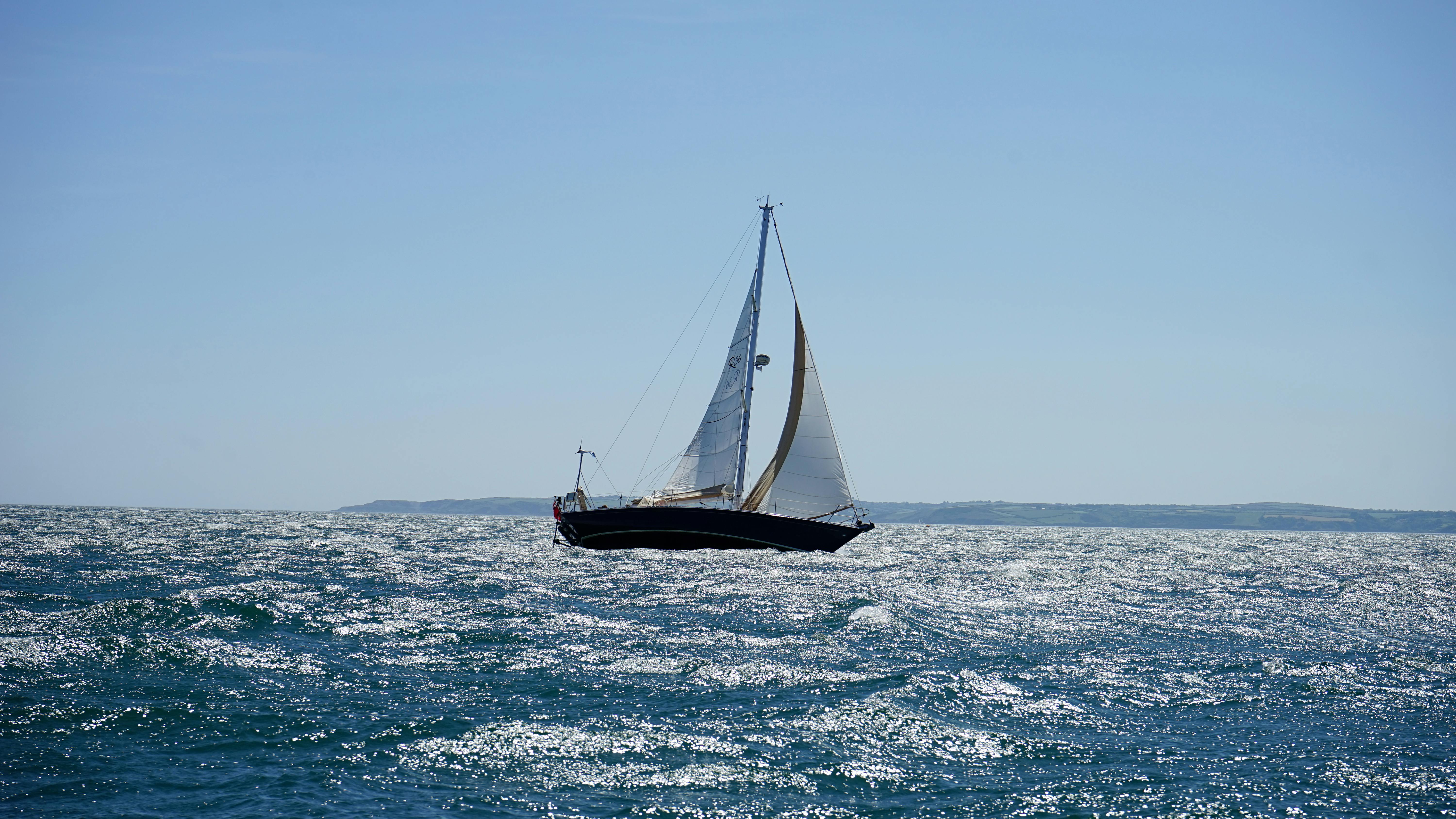Cruises in and around Europe are becoming increasingly popular, and if the 2008-2009 itinerary previews are any indication, cruise ship passengers will have more options. In fact, a new cruise line called Azamara even promises not just more Europe, but new European ports of call, bringing us to one of the oldest European ports, the city of Venice.
Venice is like no other place in the world. It is not the only city that is full of canals (Amsterdam has canals too, and Stockholm too), and it is not the only city with an ancient past (Rome probably surpasses Venice in the historical department and Florence definitely surpasses it in art). . But there is something incredibly different and charming about Venice.
You cannot drive in Venice. Entering and leaving the city is by boat (you take a water taxi from the airport), so arriving on a cruise ship is close to the way you were supposed to get to the city.
When you arrive in Venice, you will have to get around on foot or by boat. By far the quickest, easiest, and least expensive way to get from point A to point B is to hop on the bus-boat, called a vaporetto. You buy tickets like the bus. If you are a cruise passenger in the city during the day, you may find it helpful to purchase an all-day pass. Not only could it save you a bit of reading, but you don’t have to worry about buying tickets when you want to travel.
Water taxis are another option, but they are a bit more expensive. Even more expensive, but delightfully romantic and unique, are the gondolas. Expect to shell out a lot of money for the experience, but trust me, it will be an experience.
Most Venetians walk, and you probably will too. The city has all the twists and turns that you would expect from an ancient city. Due to the network of channels, you will sometimes find yourself in the intriguing position of being able to see where you want to go, but you won’t be able to figure out how to get there. Relax, Venice has something interesting practically around every corner, so even if you get lost, chances are you’ll still get a lot of sightseeing.
The biggest tourist spot in the city is Piazza San Marco, where the Cathedral of San Marco is located. You can tour the cathedral and even climb the towers (not difficult) to get a panoramic view of the square. Legend holds that the cathedral contains the tomb of Saint Mark, author of the Gospel according to Saint Mark.
The square is full of pigeons (all the time) and tourists (mainly in the warmer months). Depending on when you travel, you may also see scaffolding or wooden walkways around the square. These are not stands for a concert or show. They are walkways designed so that people can cross the square even when it floods, which they do often enough that the city has built elevated walkways.
Nearby is the Doge’s Palace. Doge (dough-jay) is the name that the Venetians gave to their ruler at the time when Venice was an independent nation. It’s a sumptuous kind of place, fit for a monarch, but most tourists enjoy lower-class accommodations better. The doge had so many enemies that he annexed a prison to the palace that can be reached by crossing the Bridge of Sighs. There is a self-guided tour of the prison, but it is very important to stick to the marked trails. You are perfectly free to roam as you see fit, but the place is like a honeycomb and you can get lost.
Getting lost is a typical Venetian experience. The city is full of unmarked streets, twisted lanes, and narrow corridors.
One of Venice’s favorite native sons was said to have been lost. Marco Polo lived in Venice and left for China, where he spent 20 years. When he returned, he was vilified by the Venetians who called him “The Liar” for making up stories. You can visit his house. It is located in a short cul-de-sac called “The Liar” The Liar.
Venice was always better known for commerce than art, but there are some artistic treasures. If you like to eat what the locals do, you will try seafood and a dry sparkling wine called Prosecco. Of course, most tourists also end up enjoying the more generic Italian favorites, like cappuccino or espresso and rich ice cream.
If you have time, take a vaporetto to the island of Lido. It’s an island just a short boat bus ride from the main drag (the Grand Canal) and there are more relaxed (and less expensive) shops and some beaches.
Another great thing to see is Murano, an island famous for colorful hand-blown glass. You can buy Murano glassware throughout Venice, including a special design known as a mille-fiori (a thousand flowers). At Murano, you can watch the artisans at work and get a much larger display of their products. You will find Murano glass products in many stores.
Glass purchases from large stores can be delivered to your home; most merchants will be able to make these arrangements, at least for larger purchases.
Venice is a city well known to tourists. It always has been, and cruises and package tours to Europe continue to make it stand out. But Venice is also a very personal city. Two tourists visiting the city on any given day can leave with distinctly different impressions and experiences.
